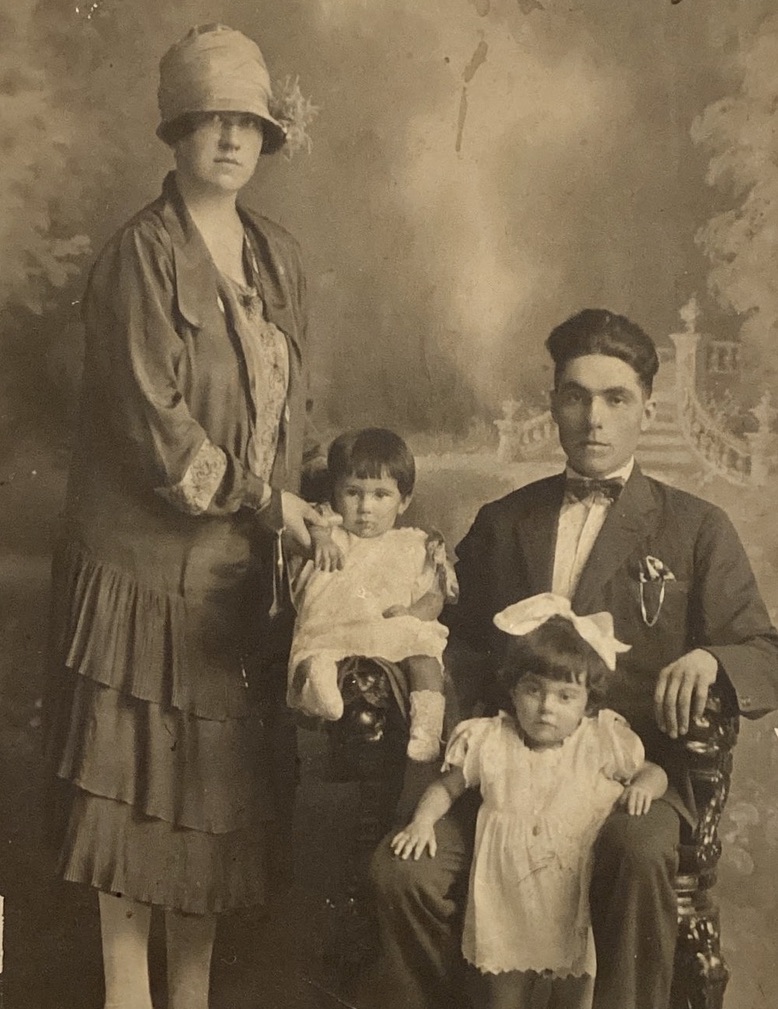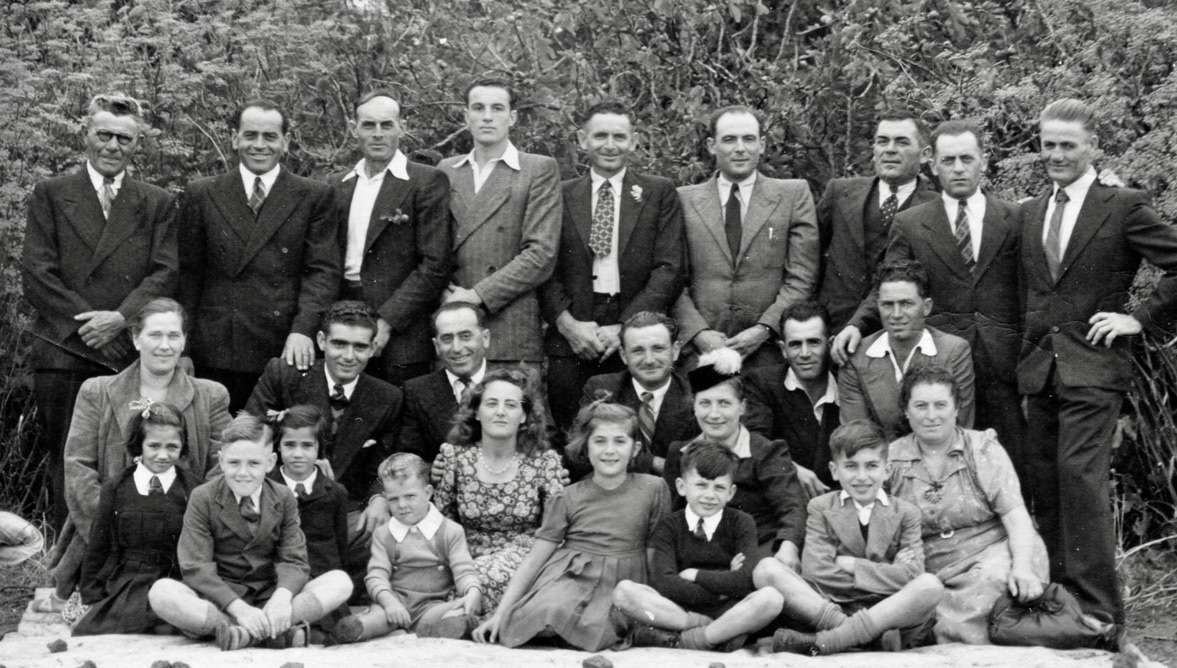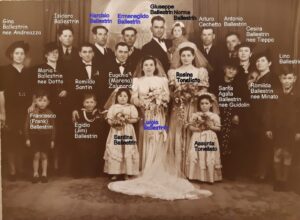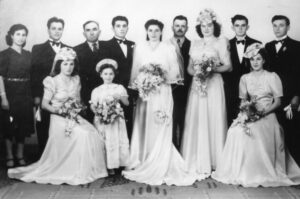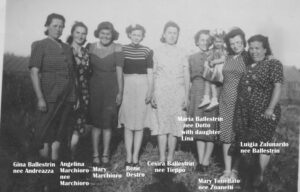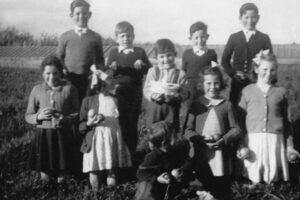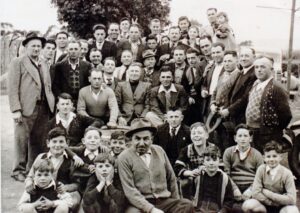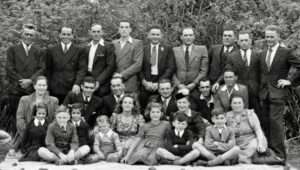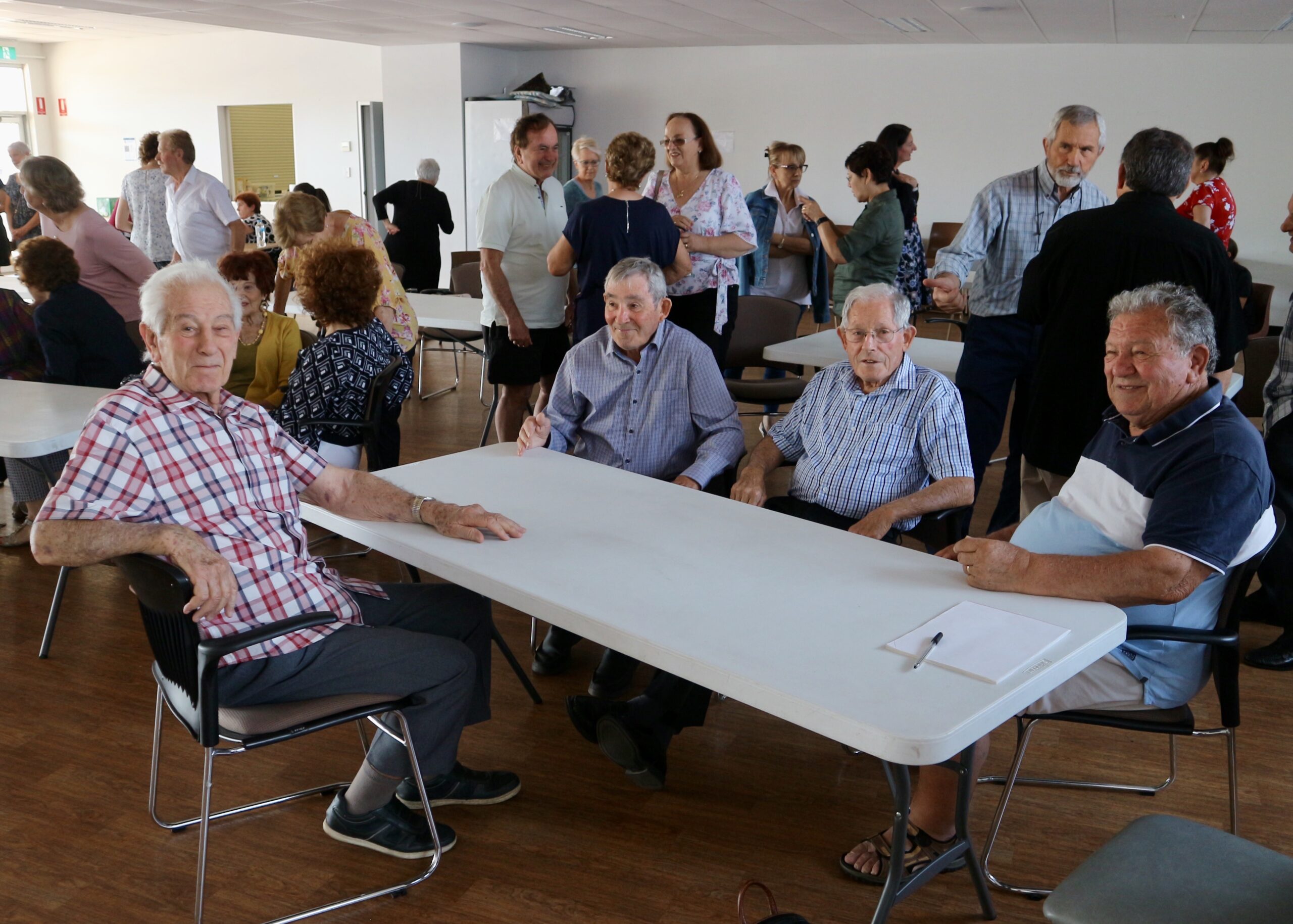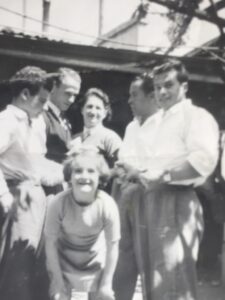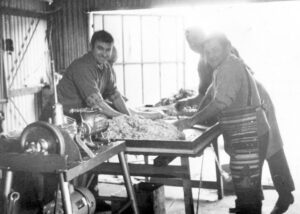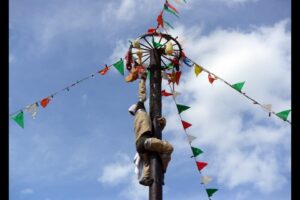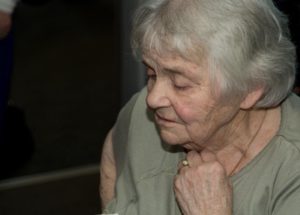When Adelina (Lina) Marchioro was born on 12th March 1927, her parents had been living in Adelaide for about a year. They had emigrated with their six-month old daughter, Mary, from Malo in Vicenza in the Veneto region.
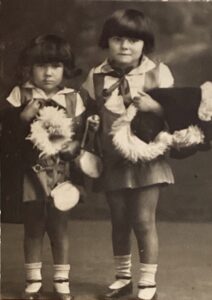
The family lived in a boarding house in Hindley Street owned by Lina’s uncle. Lina was born in the year when the majority of the first-generation Veneto market gardeners arrived in Adelaide.
Lina died on 15th January 2022 after a long and rich life.
I interviewed Lina four times in 2010 and 2011 and she provided many details about her memories of growing up at Lockleys, the family market gardens and other aspects of her life. The following tribute reflects the themes we covered in the interviews. – and conversations with Lina’s sister, Connie.
We called it ‘Lockleys’
It was from Lina that I learned about the name that the Veneto market gardeners gave to the area that they lived and worked in from the 1930s to the 1970s:
Lockleys … That’s where most of the Italians went anyhow from that Veneto region, they went to Lockleys … Frogmore Road, we called it Lockleys, Frogmore Road.
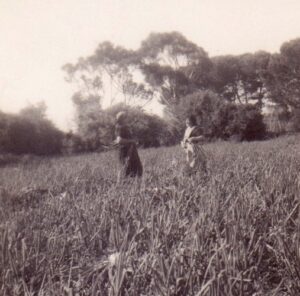
In the early days, Lina’s father worked for Del Fabbro terrazzo and cement business and her mother and uncle Vittorio worked the market garden on Frogmore Road and grew potatoes, onions, beetroot and trombone. Lina pointed out that it was too expensive for the Veneto market gardeners to buy glasshouses in the beginning. So, they made a living from growing outside vegetables and saved for glasshouses and then grew tomatoes and beans.
Early memories of Frogmore Road
Lina remembered when the first generation of Veneto men were living near each other on the market gardens and before they brought wives and children from Italy or before they got married. They gathered on the land that Secondo Tonellato and Angelo Piovesan worked – it would have been in the early 1930s:
At least twice a week the men would go there of a night-time and Mum would be roasting some chestnuts and the men would be singing … Oh the singing was beautiful. I can still hear them singing … all standing out with their arms around each other’s shoulders singing away.
The gift of a camera
When Lina was 12 years old Lina’s father gave her a Brownie Box camera and she began taking photos of people in the market gardens area of ‘Lockleys.’ Lina took her first photos during the war years.
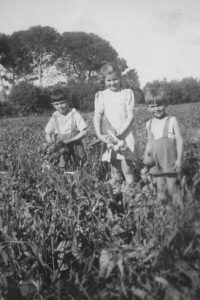
Today we are fortunate because we have dozens of her beautiful photos that she carefully took and showed aspects of life on Frogmore Road – glasshouses, harvesting of onions, relatives and friends, groups of women and children, images of children at play and the flat land without trees, few houses – unrecognisable from today’s suburban environment.
The war years
In about 1939, the family moved to a block of land in Pierson Street, Lockleys. During the war, Lina recalled that she assisted her father to read newspapers in English so he could find out what was happening in Italy and in the area where the Marchioro families were living. When American soldiers were camped near their house in Pierson Street, Lina’s father invited them into their house and gave them his home-made wine and her mother made spaghetti for them.
Lina’s uncle, Florindo, was interned for nearly four years and spent about half of that time in Loveday internment camp – in the Riverland about 220 kilometres NE of Adelaide. In her interview, Lina recalled going to Loveday with her uncle’s wife. They were billeted on a vineyard for a week where they picked grapes and they visited him every evening and Lina recalled her impressions:
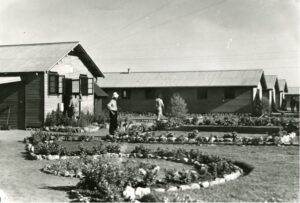
The camp, they were like huts, iron and timber huts, and there were … Italians and then Germans and the Japanese. They were all in different sections of the camp … we had to go to the office and then we’d be taken over to the mess … and all these men were there having their meals and we were sitting with my uncle …
The legacy of Lina’s parents
Lina’s parents were hard working and wanted to make their lives in Australia.

Francesco and Margherita were naturalised in 1931. They faced the challenge of Francesco’s ill health which prevented him from working in the glasshouses although he worked in the terrazzo industry. He died in 1945 at the age of 43. At the time Mary was 20 years old, Lina, 18 and Connie was 7 years.
Margherita lived a long life. She had arrived in Adelaide as a 21-year-old and never returned to Italy. She worked as a business owner for many years in her market garden, built her house, cared for her daughter Mary, and loved her family. She died in 2001 aged 97 years. Mary died aged 59 in 1986.
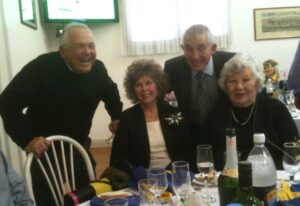
Lina and Connie always kept in touch with their cousins, Johnny and Romano Marchioro. Romano died on 20 March 2020.
Marriage and the generations
When she was 25 Lina married Ruggero Rismondo who had arrived in 1950 from Rovigno in what is known today as Istria. Lina and Ruggero had three sons, Francis, Ricky and Michael – their wives, children and grandchildren.
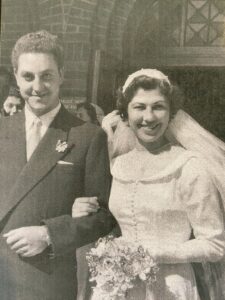
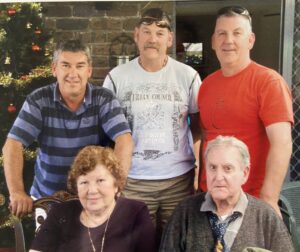
Working life
Lina worked with her mother in the glasshouses for some time until she followed her interest in dressmaking and trained in a large garment factory in Shell House on North Terrace in the City of Adelaide. Lina worked with about 100 women and after a period she joined another young woman and they opened a shop at Prospect where they designed and made dresses for women who were well-to-do.
After her marriage, Lina continued her seamstress work from home and was employed as a machinist for a dress shop in Adelaide Arcade. She also worked in the kitchens at Minda and the Adelaide Airport and in the Airport restaurant with her sister Connie.
Travel
Lina and Ruggero visited Italy five times and Lina formed strong bonds with her relatives at Malo. They also stayed with Ruggero’s family. They travelled to other places including Japan and Sri Lanka.
Friendships

Throughout her life, Lina built strong friendships and one of her oldest living friends, Teresa, was her neighbour on Pierson Street. In the photo opposite, Lina stands in front of glasshouses with two friends whose parents were market gardeners on Frogmore Road.
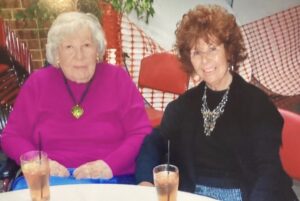
Lina and Connie shared similar interests, always lived close to each other and delighted in each other’s company.
I extend sympathy to all members of Lina’s family.
I am grateful for Lina’s life and for the community to have access to the collection of her photos that recorded the life of the Veneto market gardeners at Lockleys. Her photos are a gift to us.
You can listen to an interview with Lina or read the transcript of the four interviews with her: Click here
Madeleine Regan
23 January 2022
